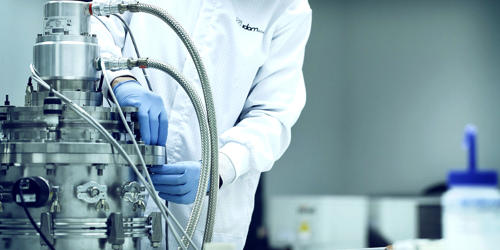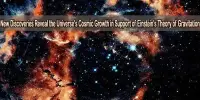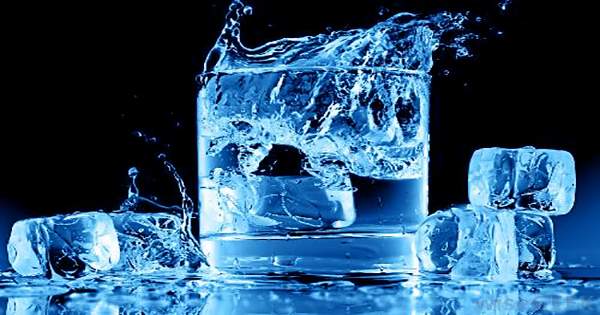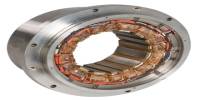In physics, cryogenics is the production and behavior of materials at very low temperatures. It is the production of and behavior of materials at very low temperatures. It is used in a variety of applications. It can be used to produce cryogenic fields for rockets, in MRI machines that use liquid helium and require cryogenic cooling, storing large quantities of food, special effects fog, recycling, freezing blood and tissue samples, and even cooling superconductors. The term is usually encountered in the context of physics, materials science, and medicine.
Cryogenics describes the science that deals with the production, effects, and uses of a wide variety of materials at very low temperatures. It is not well defined at what point on the temperature scale refrigeration ends and cryogenics begins, but scientists assume a gas to be cryogenic if it can be liquefied at or below −150 °C (123 K; −238 °F). To put this into perspective, water undergoes a phase transition from the liquid state to solid state at 32° F (0° C), whereas cryogenic temperatures range from -150° C to -273° C. The temperature of any material is the measure of the energy that it contains. Rapidly moving molecules have a higher temperature than slower-moving molecules.
The U.S. National Institute of Standards and Technology considers the field of cryogenics as that involving temperatures below −180 °C (93 K; −292 °F). Liquid gases at or below -150° C can be used to freeze other materials. Once a gas begins to liquefy, the environment is considered a cryogenic one. This is a logical dividing line since the normal boiling points of the so-called permanent gases (such as helium, hydrogen, neon, nitrogen, oxygen, and normal air) lie below −180 °C while the Freon refrigerants, hydrocarbons, and other common refrigerants have boiling points above −180 °C. The most common gases that are turned to liquid for cryogenics are oxygen, nitrogen, hydrogen, and helium. Cryogenic temperatures are usually described in the absolute or Kelvin scale, in which absolute zero is written as 0 K, without a degree sign.
The Discovery of superconducting materials with critical temperatures significantly above the boiling point of liquid nitrogen has provided new interest in reliable, low-cost methods of producing high-temperature cryogenic refrigeration. The term “high temperature cryogenic” describes temperatures ranging from above the boiling point of liquid nitrogen, −195.79 °C (77.36 K; −320.42 °F), up to −50 °C (223 K; −58 °F). The cryogenic temperature range has been defined as from −150 °C (−238 °F) to absolute zero (−273 °C or −460 °F), the temperature at which molecular motion comes as close as theoretically possible to ceasing completely.
Cryogenicists use the Kelvin or Rankine temperature scale, both of which measure from absolute zero, rather than more usual scales such as Celsius which measures from the freezing point of water at sea level or Fahrenheit with its zero at an arbitrary temperature. Cryogenic freezing is the process of preserving a dead body with liquid nitrogen.
















